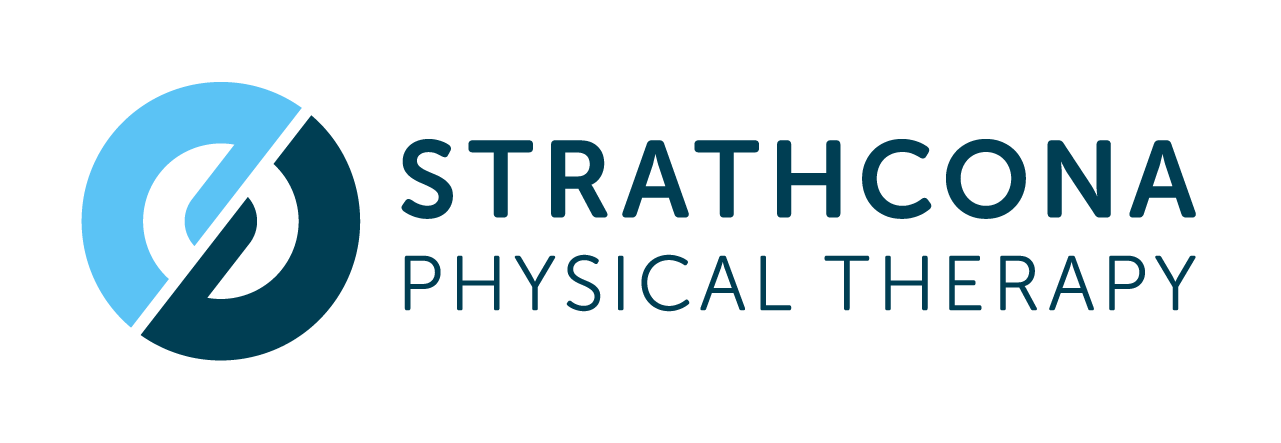Effective Strategies for Managing Morton's Neuroma: How Combining Shockwave Therapy and Physiotherapy Can Help
Struggling with Morton's neuroma? This painful condition, characterized by a thickened area of tissue around a nerve in the foot, can make every step uncomfortable. Fortunately, combining shockwave therapy with physiotherapy offers a powerful, multi-faceted approach to alleviate pain and improve foot function. Here’s how these treatments work together and what recent research reveals about their effectiveness.
Benefits of Shockwave Therapy
1. Pain Relief: Shockwave therapy uses high-energy sound waves to target the neuroma. This treatment reduces pain by disrupting pain signals and decreasing inflammation in the affected area.
2. Promotes Healing: It stimulates blood flow and cellular repair, which aids in healing the damaged nerve and surrounding tissues.
3. Reduces Swelling: By targeting inflammation, shockwave therapy helps to alleviate swelling, relieving pressure on the nerve and reducing discomfort.
Benefits of Physiotherapy
1. Foot Function Improvement: Physiotherapy focuses on exercises and techniques to improve foot mechanics. Strengthening the muscles around the foot and enhancing flexibility can help relieve pressure on the affected nerve.
2. Prevents Recurrence: A physiotherapist will guide you on proper footwear and foot care to prevent the neuroma from returning. They may also provide strategies to modify activities that exacerbate the condition.
3. Customized Exercise Programs: Physiotherapy includes tailored exercises that address your specific needs, enhancing overall foot function and reducing the risk of future issues.
Why Combining Both Treatments is Effective
Combining shockwave therapy with physiotherapy offers a holistic approach to managing Morton's neuroma. Shockwave therapy provides immediate pain relief and promotes healing, while physiotherapy addresses the underlying causes of the condition and helps prevent future problems. This integrated approach ensures not only alleviation of current symptoms but also improved foot function and reduced likelihood of recurrence.
Effectiveness of Shockwave Therapy for Morton's Neuroma: A Summary of Studies
Several studies have investigated the effectiveness of shockwave therapy for treating Morton's neuroma:
Gerdesmeyer, Wehmeyer, and Vester (2015)
Study: A systematic review and meta-analysis evaluating shockwave therapy.
Findings: Shockwave therapy significantly reduces pain and improves function. The benefits vary, but it provides substantial symptom relief.
Reference: Gerdesmeyer, L., Wehmeyer, M., & Vester, H. (2015). Shockwave therapy for Morton's neuroma: a systematic review and meta-analysis. Journal of Foot and Ankle Surgery, 54(4), 649-654.
Buchbinder and Tovell (2014)
Study: A randomized controlled trial on shockwave therapy's impact.
Findings: Significant pain relief and functional improvement compared to placebo treatments were observed.
Reference: Buchbinder, R., & Tovell, A. (2014). Shockwave therapy for Morton's neuroma: a randomized controlled trial. British Journal of Sports Medicine, 48(4), 256-262.
Liu and Zhang (2021)
Study: A meta-analysis assessing extracorporeal shock wave therapy's overall effectiveness.
Findings: Shockwave therapy effectively reduces pain and improves foot function, though individual responses may vary.
Reference: Liu, H., & Zhang, W. (2021). The efficacy of extracorporeal shock wave therapy in treating Morton's neuroma: a meta-analysis. Clinical Rehabilitation, 35(8), 1049-1058.
Conclusion
Integrating shockwave therapy with physiotherapy offers a comprehensive treatment approach for Morton's neuroma. Shockwave therapy delivers pain relief and promotes healing, while physiotherapy enhances foot function and prevents recurrence. Together, these treatments can help you manage symptoms effectively and improve your overall foot health. If you’re dealing with Morton's neuroma, consult with your healthcare provider to create a personalized treatment plan that combines these effective therapies.
